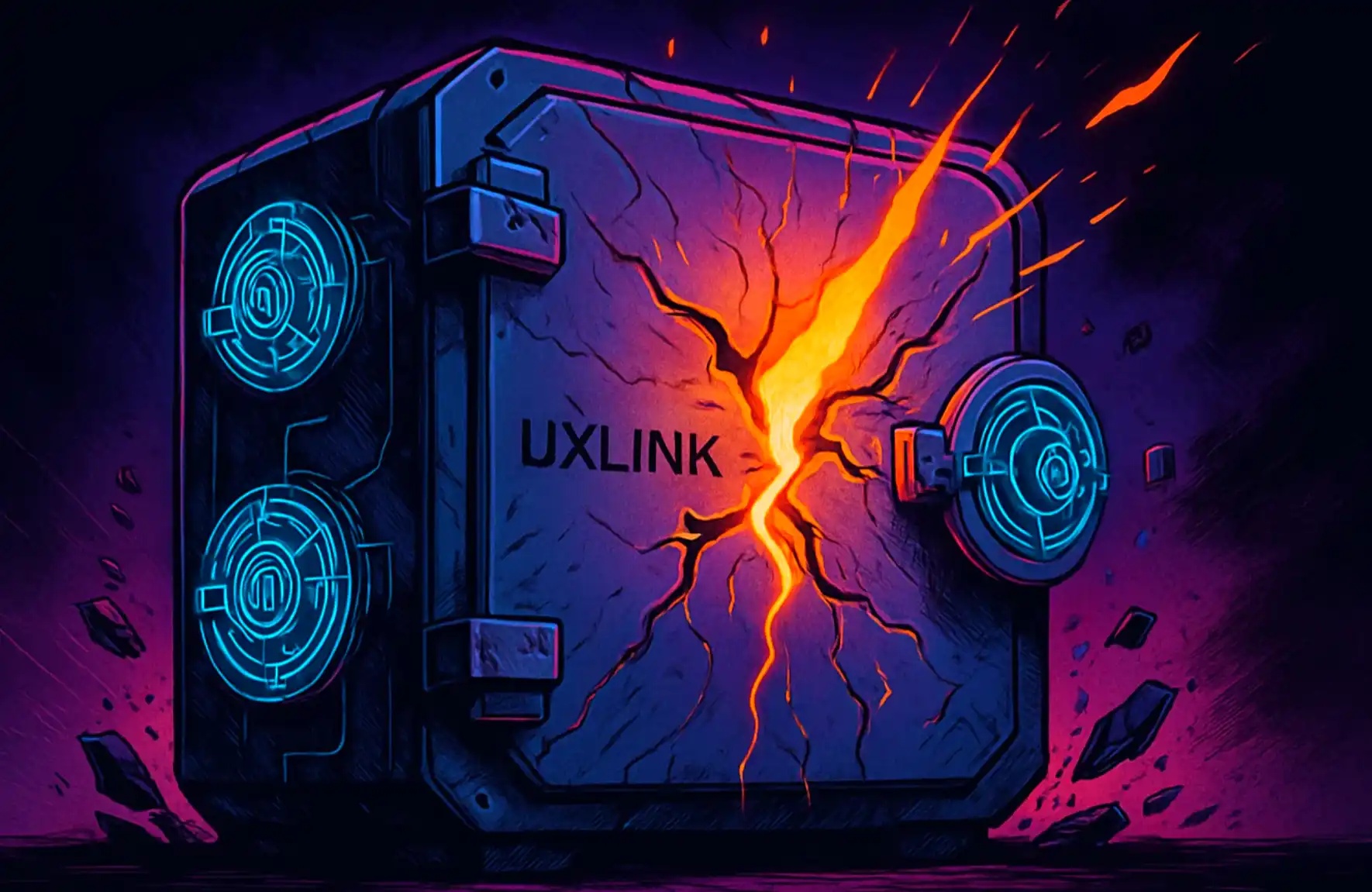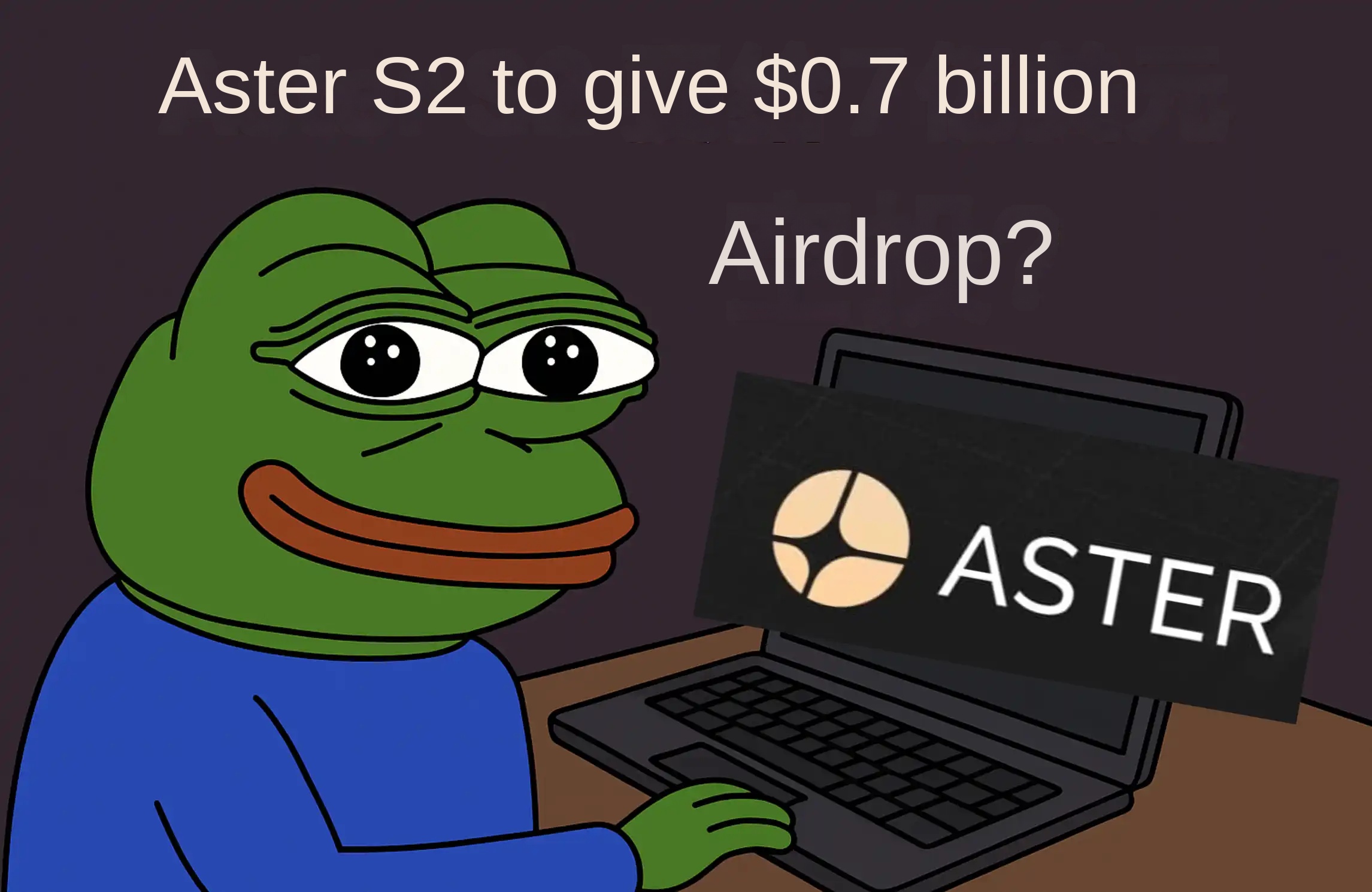The AVS era has arrived. What will be the impact of EigenLayer’s launch on the mainnet?
Last night, EigenLayer announced the official launch of the Ethereum mainnet. The release was also accompanied by the launch of the DA (data availability) service EigenDA by the EigenLayer team.
Earlier in March, EigenLayer announced that it would launch the mainnet in phases in the coming weeks. It said that the reason for the gradual launch of the mainnet was to ensure security and performance. By carefully introducing features in stages, potential risks can be minimized, and network performance can be measured and optimized as more users and operators join the ecosystem, ensuring a stable and scalable network for everyone.

With the launch of the mainnet and EigenDA, Ethereum and EigenLayer have officially entered the era of the "AVS ecosystem". AVS, or active verification service, is a dApp that uses re-staked ETH to enhance its practicality, and is dedicated to attracting re-stakers to help improve security. These AVS are sometimes called modules, and can also be new blockchains, DA layers, virtual machines, oracle networks, cross-chain bridges, and any other projects.
Currently, more than 10 AVS are actively tested on the Holesky testnet, and EigenDA is the first AVS to be launched on top of EigenLayer. There are multiple projects ready to become AVS, including the shared sorter project Espresso and the retaken Rollup provider AltLayer.
On February 24, Ritual, a star decentralized AI network project that just announced the completion of a $25 million financing, announced a partnership with the re-staking protocol EigenLayer. Ritual said it is currently building the first AI-native AVS to power Ritual Chain and Infernet for security and decentralization. The partnership aims to unlock new AI-native opportunities for EigenLayer operators and expose them to novel forms of revenue.
On April 3, Ethereum's second-layer platform Fhenix announced that it will work with EigenLayer to develop a fully homomorphic encryption (FHE) coprocessor, aiming to introduce FHE technology to smart contracts. The FHE coprocessor will be protected by Fhenix's FHE rollup and EigenLayer's staking mechanism. Using EigenLayer, the FHE coprocessor can guarantee the economic correctness of rollup execution.
Not long ago, a16z announced a $100 million investment in EigenLayer, making it a crypto unicorn with a valuation of tens of billions. As of now, according to DefiLlama data, EigenLayer TVL (total locked value) has exceeded $13.3 billion, and has exploded 6 times since the beginning of the year.

But the launch of the EigenLayer mainnet does not mean that the ecological landscape will change overnight. This mainnet launch is still not the final mainnet version. Sreeram Kannan, CEO of Eigen Labs, called the first release of EigenLayer a "beta version" in an interview last week, which will limit some functions, such as excluding AVSs' in-protocol payments to operators and slashing. "Slashing" refers to the method that EigenLayer will use to ensure that AVS operators are honest, which is similar to Ethereum's proof-of-stake system, in which validators face the risk of having their stake revoked if they act maliciously.

Galaxy Digital researcher Christine Kim said that EigenLayer currently has no risks (i.e. slashing) and rewards (i.e. AVSs' in-protocol payments to operators), and is still in the early stages of development. In an interview, Ian Unsworth, co-founder of Kairos Research, also said that if the AVS payment function is enabled before slashing goes online, operators and LSD tokens may support each AVS, causing certain uncontrollable risks. "But once slashing is implemented, we will see 'deleveraging' because equity will be re-delegated to reflect actual risks."
In addition to the outlook for the future of AVS, EigenDA's position in the "DA competition" in the crypto field is also a topic of great concern in the market. Because it fundamentally improves the way blockchains are built and used, the "DA layer" is considered one of the core technologies of the crypto industry in this cycle and beyond. Previously, the market had heated discussions on "CelestiaDA threatens Ethereum, EigenDA snipes Celestia". How EigenDA will perform after it goes online still needs to be paid attention to.
Related reading: "Understand the "DA Competition" that determines the future of Ethereum in one article: Celestia, EigenDA and Avail, who will be the final winner? "
Welcome to join the official BlockBeats community:
Telegram Subscription Group: https://t.me/theblockbeats
Telegram Discussion Group: https://t.me/BlockBeats_App
Official Twitter Account: https://twitter.com/BlockBeatsAsia


 Forum
Forum Finance
Finance
 Specials
Specials
 On-chain Eco
On-chain Eco
 Entry
Entry
 Podcasts
Podcasts
 Activities
Activities
 OPRR
OPRR









